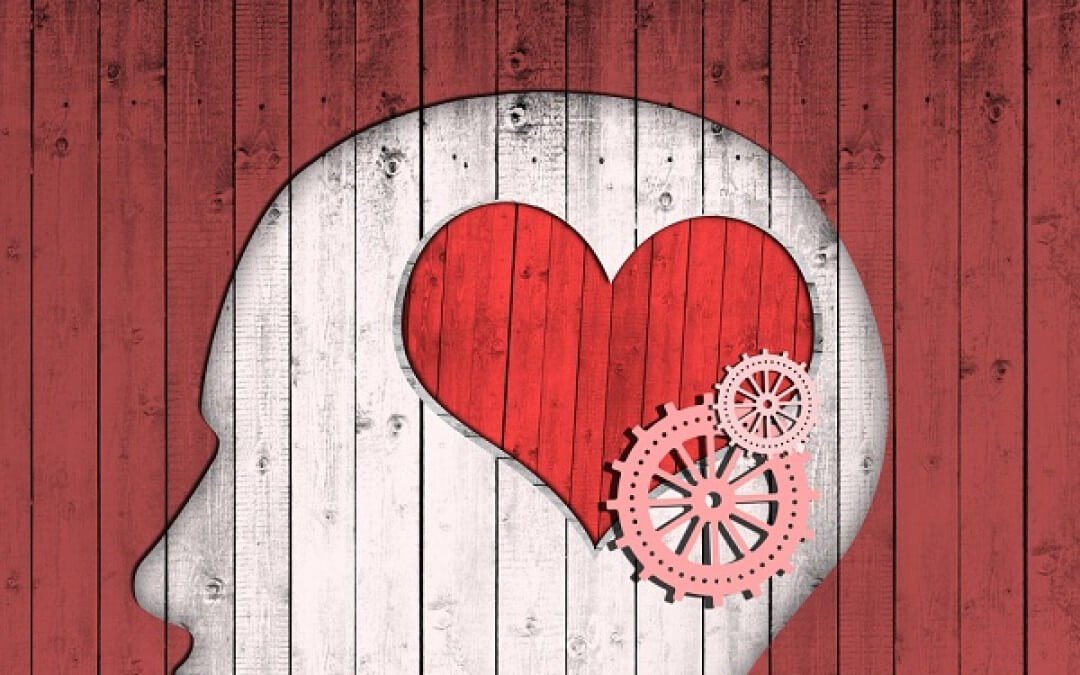What Role Can Brands Play In The Lives of their Consumers?
We, marketers, are consumers too. So, we can appreciate just how much consumers are bombarded with brands, every minute of every day. It seems that everything around them was created by a brand. All of the products and services that they avail were made possible by brands. Even the device that you’re reading this article on is branded!
But there are always some brands that we hold dearer than others. Speak to your grandparents and they will talk passionately of the hair oil or soap or milk brands they have been using for decades; but maybe not so much of the mobile phone brand they use. And it is not that the mobile phone brand has offered a bad product. So why would this happen?
Research suggests that people don’t buy brands just because they like them or they work well. People build relationships with a set of brands so as to benefit from the meaning they and their products add to their lives. These meanings could be more functional and utilitarian, or even psychosocial and emotional.
According to a recent study undertaken by Havas Media, 75% of the Indians believe that brands should play a role in improving our quality of life and wellbeing (with the Asia Pacific average being 69% and the globally average 67%). The same study also reveals that such meaningful brands can on average gain 46% more Share of Wallet than the less meaningful ones.
So what is this meaning that we are talking about? What role could brands play in the lives of their consumers?
Traditionally, brands were supposed to help buyers identify and differentiate the products of one seller from those of others. Furthermore, they used to be an assurance of a certain level of quality and consistency. But today, brands are not limited to the products they offer.
Strong brands are often a strong reflection of their consumers’ values and belief systems- and by extension, their Culture.
A few years ago Nike built a decent skateboarding shoe that was certainly as well-made as an Etnies skateboarding shoe. Yet the hardcore skater wouldn’t be caught dead in Nikes. Why? Because, in the rebel world of skaters, Nike stood for “The Man”. The Etnies founder is a famous skater who lives and breathes skater culture. Nike doesn’t come from that world. Nike didn’t embody the beliefs of skater culture. And a pair of Nikes would have sent a conflicting message to the skater’s friends—if he dared wear them to the skate park. Nike had the wrong meaning—a few years ago.
Then Nike launched a new line of skater shoes, called Nike SB essentially Nike’s renewed attempt to break into the skate market. But this time they somehow got it right. They hired the right people with the right street cred and deep understanding of skater culture. They plucked these people from the “legit” skater brands and put them to work creating an internal culture that aligned with their audience, and they created a series of shoes that finally undermined the “corporate” image and quietly grew the Nike SB brand.
Then, they launched their 6.0 line of shoes designed for the multi-action sports audience (skate, snow, surf). Some shoes were issued in small, limited editions, and this put Nike over the top. As of today, Nike offers the hottest shoes in the skate and action sports category. They didn’t pull this off with a classic TV and print campaign. They started from within, built a legitimate skater culture, built the right shoes, built the right team of riders, sold only to the small core shops, and built a culture that core skaters wanted to belong to. And it worked!
Let’s take a case closer home. Some 70 years ago in a small town in Gujarat, unfair and manipulative practices followed by the local trade cartel prompted the farmers to get rid of the middlemen and form their own co-operative which would have procurement, processing, and marketing under their control. This co-operative, the Kaira District Co-operative Milk Producers Union Ltd. began with just two village dairy co-operative societies and 247 liters of milk and is today better known as Amul.
The brand has empowered millions of farmers across India and safeguarded their dignity. At the same time, it consistently provided wholesome nutrition to all classes of the society at the most affordable prices. It paved the way for White Revolution way back in the 70s, which not only spurred the rural economy but also made India the largest producer of milk globally. Amul is also credited with a Guinness world record for the longest-running ad campaign of the world for its Utterly Butterly girl portraying day-to-day issues of India since 1967. In 1977, the Amul story was showcased through a Hindi movie titled Manthan. The movie, again demonstrated the power of collaboration as the movie was financed by a contribution of Rs. 2 by 5 lakh farmers. There is little doubt that Amul IS truly, ‘The taste of India’.
More and more brands need to invest in creating seamless experiences to connect with their audiences on a deeper level. And this is not only because of the definite returns it yields in terms of loyalty and advocacy, it is also because their customers expect no less. In an era when 60% of content created by brands is just clutter- having little or no impact on the business results or the lives of people- it is imperative that brands see their role in the lives of their customers as more than just trademarks.
For more on this, write to us at info@lokusdesign.com.

